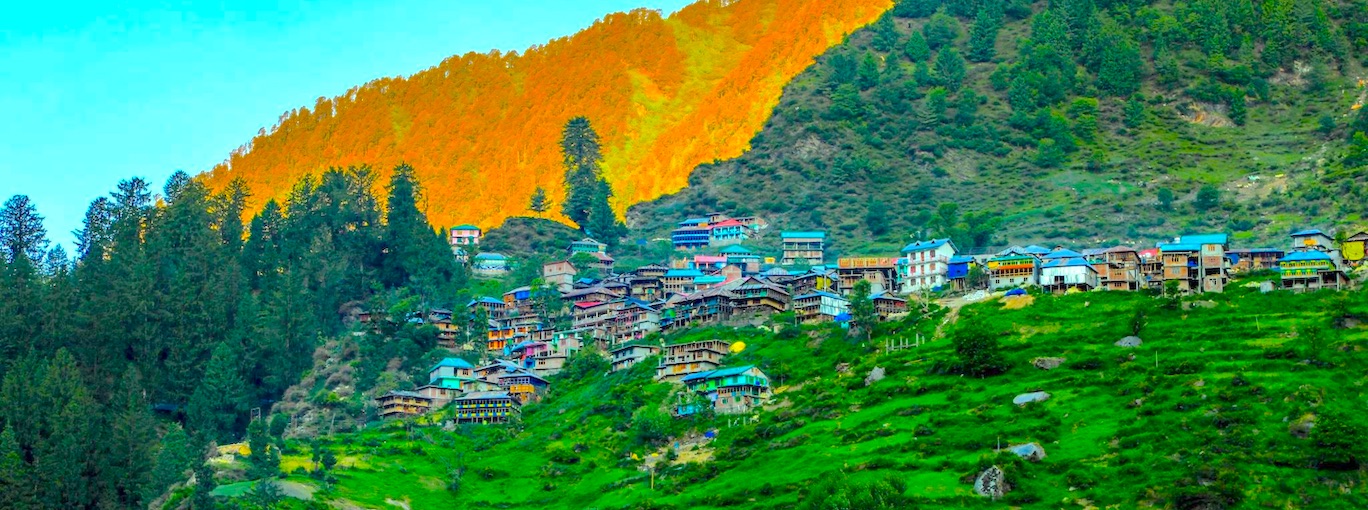 Malana Village
Malana VillageLocated in the Parviati Valley of Himachal Pradesh at an elevation of 8700 feet is this mysterious village of Malana. The village has been a subject of many documentaries made on it dues to its different social structure, very strict traditions and customs. The legend says that Jamlu Rishi stayed in this village and made all the rules and regulations most of which are still being followed by the locals. On the darker side the village is world renowned for the very high quality of Marijuana cultivated here. Nowadays the tourists are not allowed to stay in the village, they can visit during the day, however, some hone stays and guest houses are available to stay outside the village. The villagers consider themselves as direct descendants of Alexander the Great. The village is governed by eleven member council and their decisions are ultimate and binding on all residents in case of disputes. 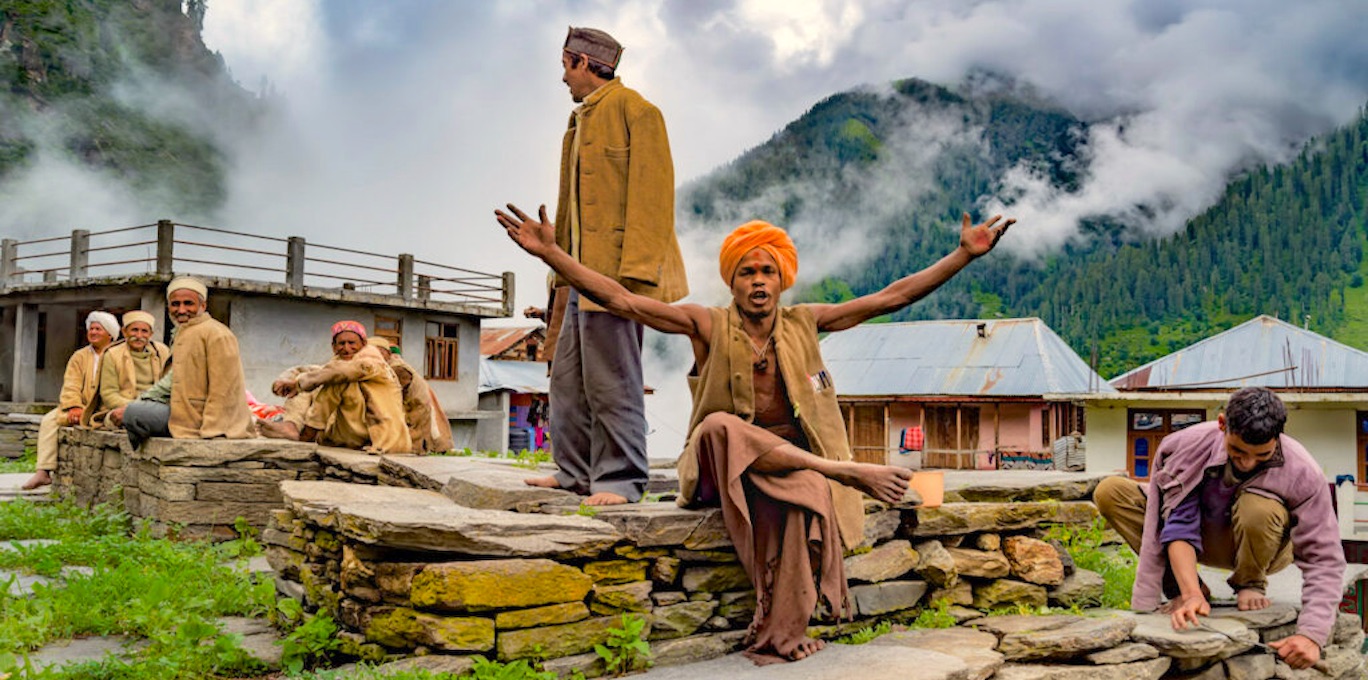  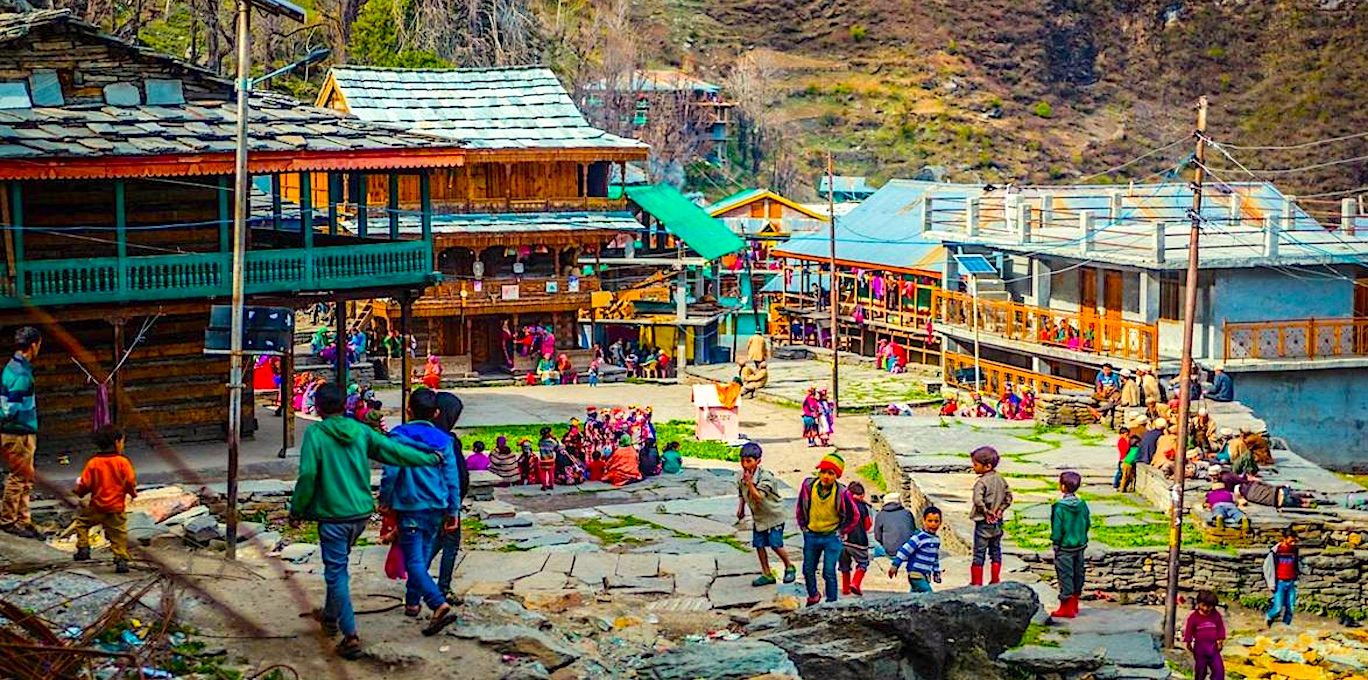 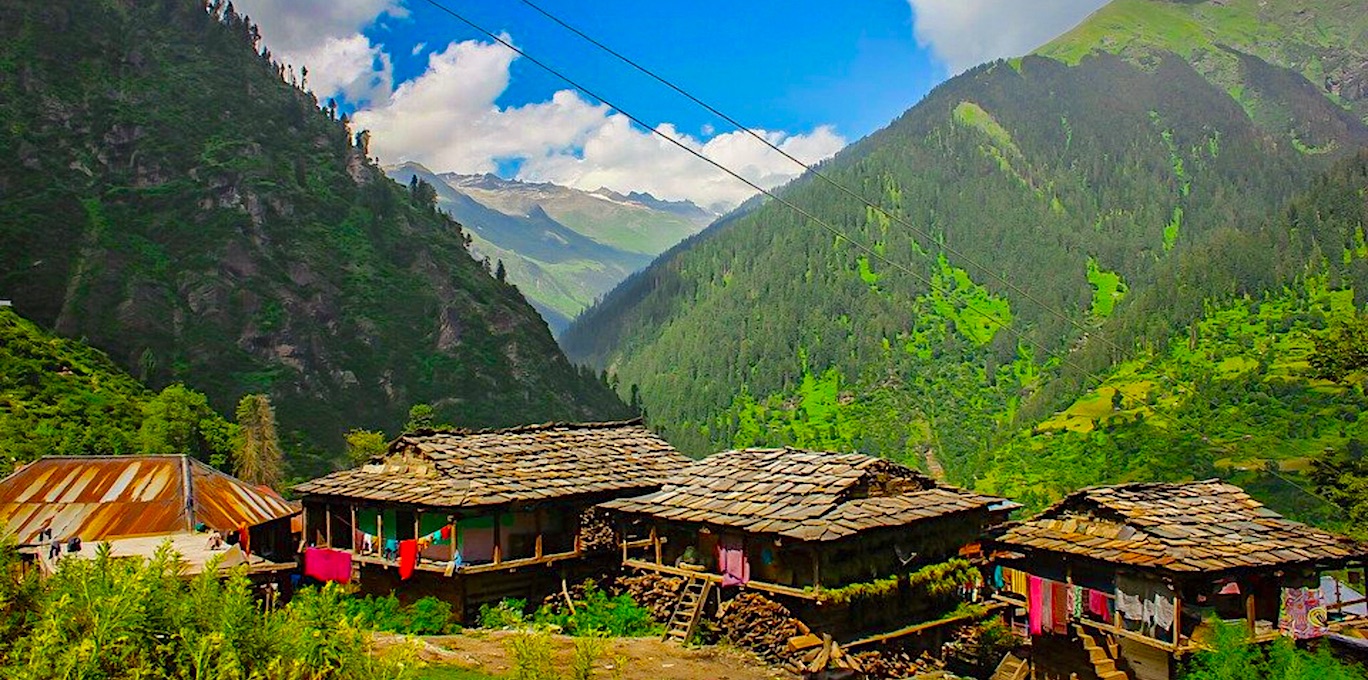 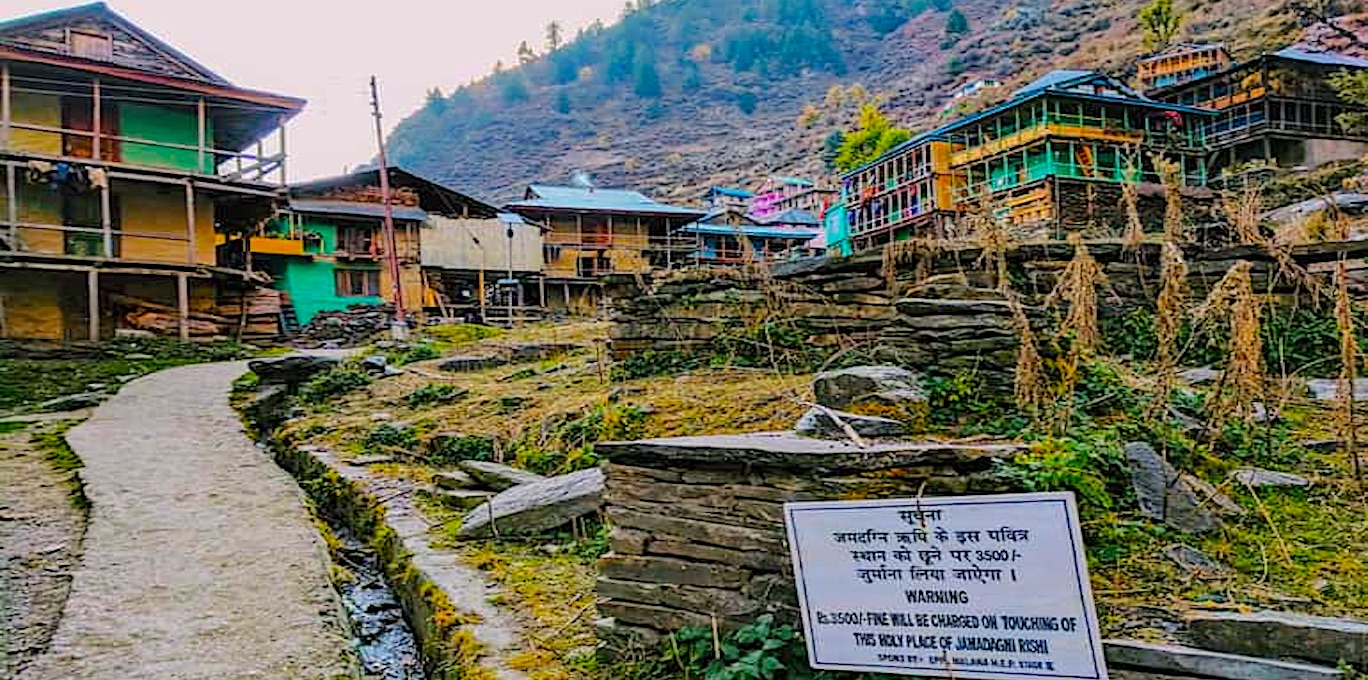    You can drive up to 3 Kms short of Malana Villahe from where it is 3 Kms uphill trek on foot. One very strange and interesting fact is that tourists are not allowed to touch the people or their belongings anywhere in the village. If by mistake you touch something you may have to pay a fine to the village council. Related Destinations Important links for planning your tripSuggested ProgramsFor this Himachal village, banned cannabis is its source of livelihoodFar from the worries of demonetisation and also away from the laws, Malana village in Himachal Pradesh lives on hashish as the World's top stoner destination.
AP | Posted by Prabhash K Dutta
Malana, Himachal Pradesh, December 4, 2016 | UPDATED 18:40 IST
 Highlights
Nestled at 2,700 meters (8,859 feet) between the higher reaches of the lush Kullu Valley, Malana used to be a four-day hike from the nearest road. Its laws, tradition says, were laid down by the village god Jamlu. People elected their own parliament and disputes were settled in their own court. Villagers would run in terror if an outsider showed up. MALANA IS STONER DESTINATION But Malana is hidden no more. For centuries, the villagers have been growing the plant that has made Malana one of the world's top stoner destinations, and a battleground -at least symbolically - for India's haphazard fight against "charas," the black and sticky hashish that has made the village famous. A man prepares 'charas'- a black and sticky hashish.(Photo: AP)Possession of a kilogram (2.2 pounds) of charas - a THC-rich extract derived from rubbing out the resin from freshly cut marijuana buds - is punishable by a minimum 10 years' imprisonment. Possession of a kilogram (2.2 pounds) of charas - a THC-rich extract derived from rubbing out the resin from freshly cut marijuana buds - is punishable by a minimum 10 years' imprisonment. TRADITIONAL VEGETATION In the sleepy mountainous states of North India, marijuana has grown indigenously for hundreds of years. Cars move on the narrow shabby road cut along the steep slope near Malana.(Photo: AP)Maheshwar Singh, a local lawmaker and the descendent head of the royal family of Kullu, said a look at the old tax books shows that the plant was legally cultivated and sold for decades before India's drug law. "It was a multipurpose plant for these people," said the burly, cheerful 67-year-old, pointing out the local usage of hemp fibers in making ropes and traditional "pula" slippers that continue to be the only footwear allowed for pilgrimages. Maheshwar Singh, a local lawmaker and a descendent of the former royal family of Kullu.(Photo: AP)The people of Malana have to haul ration and wood for kilometers (miles) to get it into the village. Though a shabby road has cut the arduous trek to only an hour and a ropeway is being used to transport heavy cargo, the villagers still spend half the year collecting essentials from nature. The other half is spent in hibernation as the bitter winter buries the village under snow. Every morning, Gori Massi slowly starts the trek to her field, sometimes singing to herself as she walks up a rocky trail. Walking at a pace of a 20-year-old, the wrinkles on her face and hands are the only indication of her age; she is 80. Gori Massi sings and dances on the way to work in her cannabis field in Malana village(Photo: AP)After collecting about 20 grams (0.71 ounces) of gooey hashish that would fetch her anywhere between USD 50 to USD 150, she decides to call it a day. And prays the police spare her fields this year. "Wheat and other grains don't grow on this land," Massi said. "Nothing else grows here. We have to live like that, and whatever plants we do have are cut down by the police. What can we do?" THE 'FAMOUS' MALANA CREAM The aromatic "Malana Cream" - a variety of oily hash produced in the village from higher-potency plants with hybrid seeds - has earned legendary status among pot smokers around the world. Consumed mostly with tobacco, in a joint or a chillum, the pungent hash has found its way into coffee shops in Amsterdam and won the High Times Cannabis Cup at least twice. A local villager smokes a joint of hashish at the village square.(Photo: AP)VISITORS FROM AROUND THE WORLD "It's just become a destination for international cool people, stoners, hikers," said Florent Dupont, 32, as he sipped tea and rolled a joint in a guesthouse. "People know they can get the freshest, nicest product," the filmmaker from France added. French filmmaker Florent Dupont at a guesthouse in Malana.(Photo: AP)DESPITE BAN 12,000 KG PRODUCTION In 2016, the local government estimates 240 hectares (593 acres) of land in the region was used for cannabis cultivation, producing more than 12,000 kilograms (26,455 pounds) of hashish. The real numbers are much higher as plants are grown on steep edges of high mountains that are impossible for the police to reach. A marijuana bud in a field at Malana village.(Photo: AP)'POLICE SHOW THE WAY' Villagers claim they have an understanding with local officials, who tell them to push their fields away from the village and into forest land, where they cannot be prosecuted for a field that's not on their land. Elderly villagers sunbathe at the village square.(Photo: AP)But it is impossible to destroy mountains full of weed. Singh, who has visited Malana several times during election campaigns and is revered by inhabitants because of his royal lineage, said the government needs a different approach to tackle the problem. A government forest worker destroys fully grown marijuana plants.(Photo: AP)A man displays a freshly prepared drop of charas.(Photo: AP)In Malana, Massi's middle-aged son Jabe Ram is preparing to take a statue of the village god Jamlu on a pilgrimage across the daunting mountain of Rasol to bathe it in holy water in a temple in the neighboring valley. It will take him five days to return. One man from each household in the village must accompany him, as is tradition. Local villagers prepare to take a statue of the village god Jamlu on a pilgrimage in Malana.(Photo: AP)"They want us to completely stop growing marijuana. But we keep sowing it," Ram said. "If the government helped us in some way and protected us from hunger and cold, we would maybe consider stopping. Obviously, we are not going to go hungry. Even if we have to go to jail for it, so be it." Malana village stands in the higher reaches of the Himalayas.(Photo: AP) |







4K






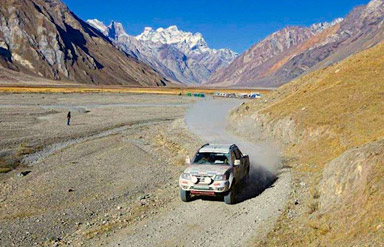
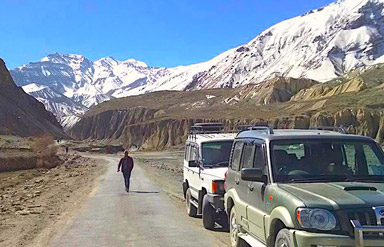
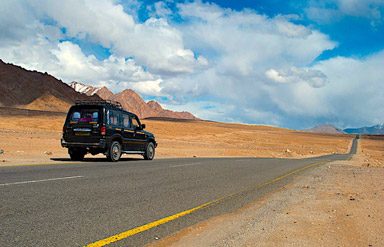
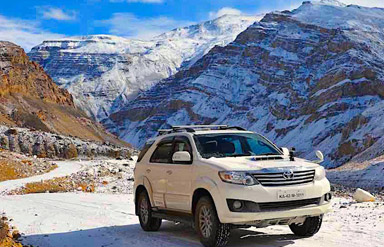
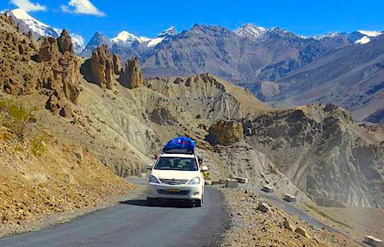
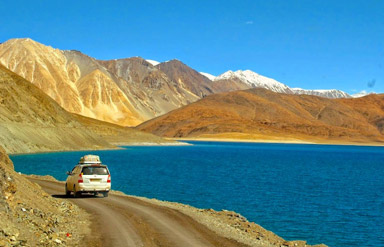
Simply wish to say your article is as astonishing. The clarity in your post is simply great, and I could assume you are an expert on this subject. Same as your blog i found another one Sohman Epoxy .Actually I was looking for the same information on internet for
ReplyDeleteBCA and came across your blog. I am impressed by the information that you have on this blog. Thanks a million and please keep up the gratifying work.